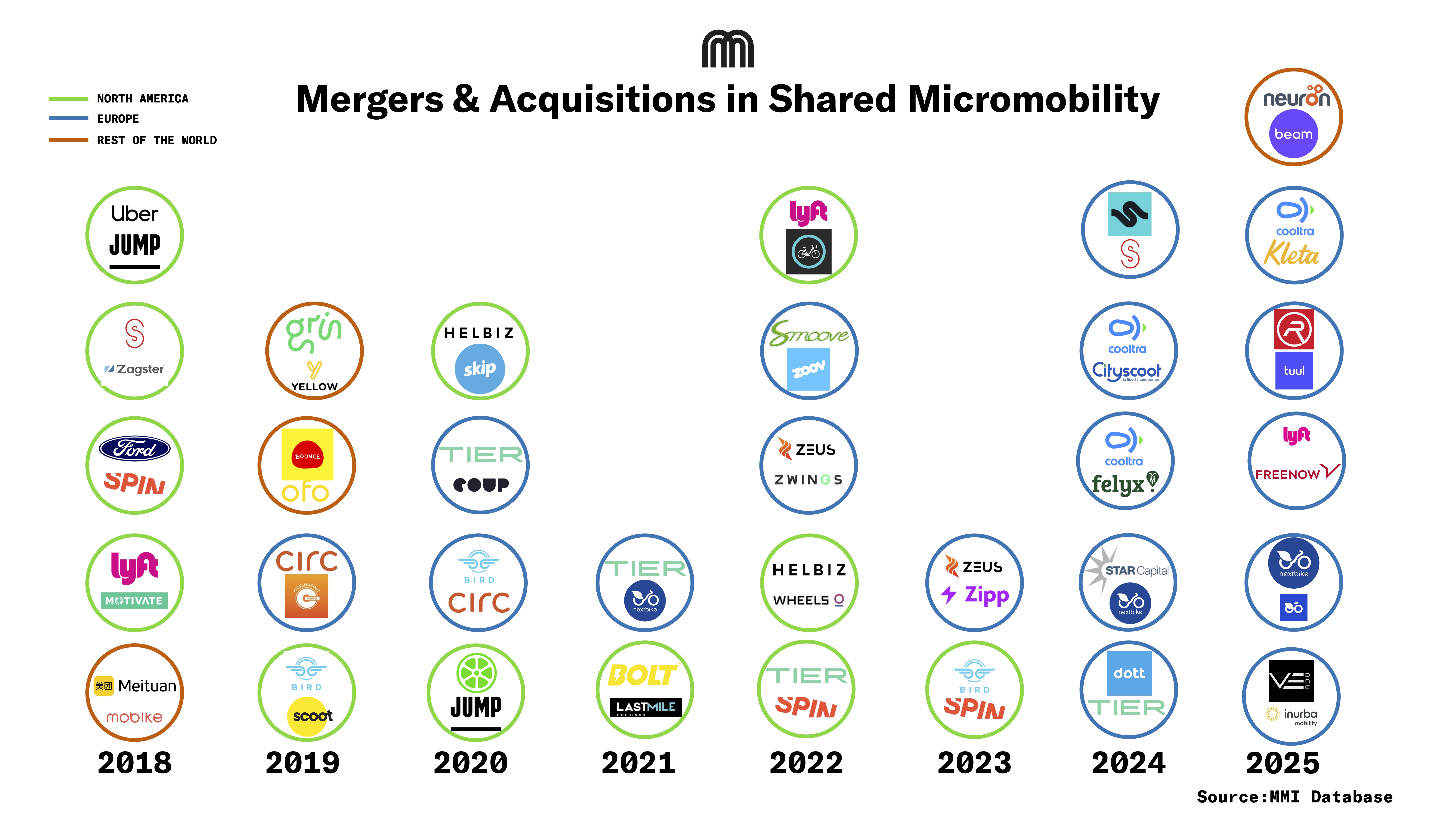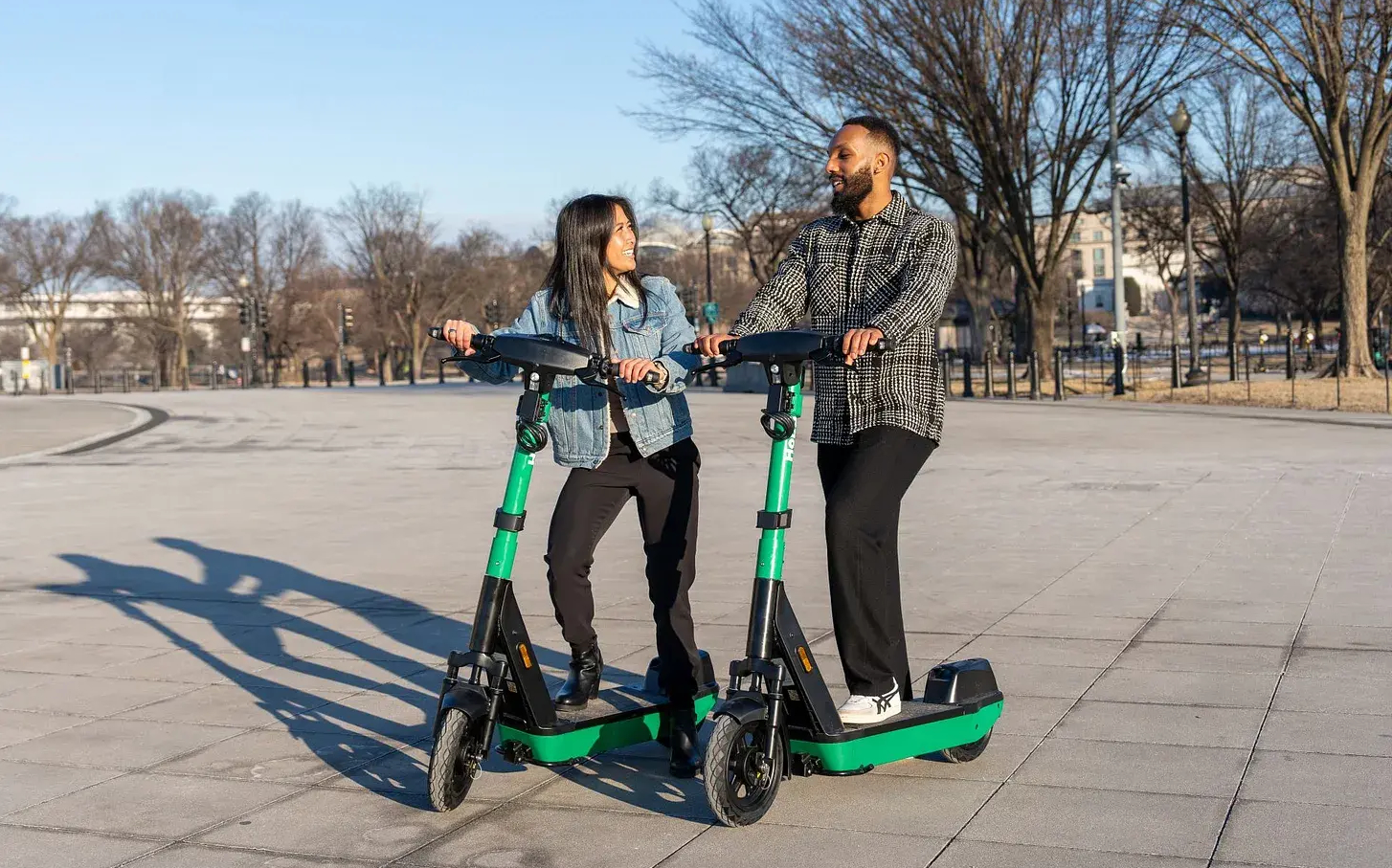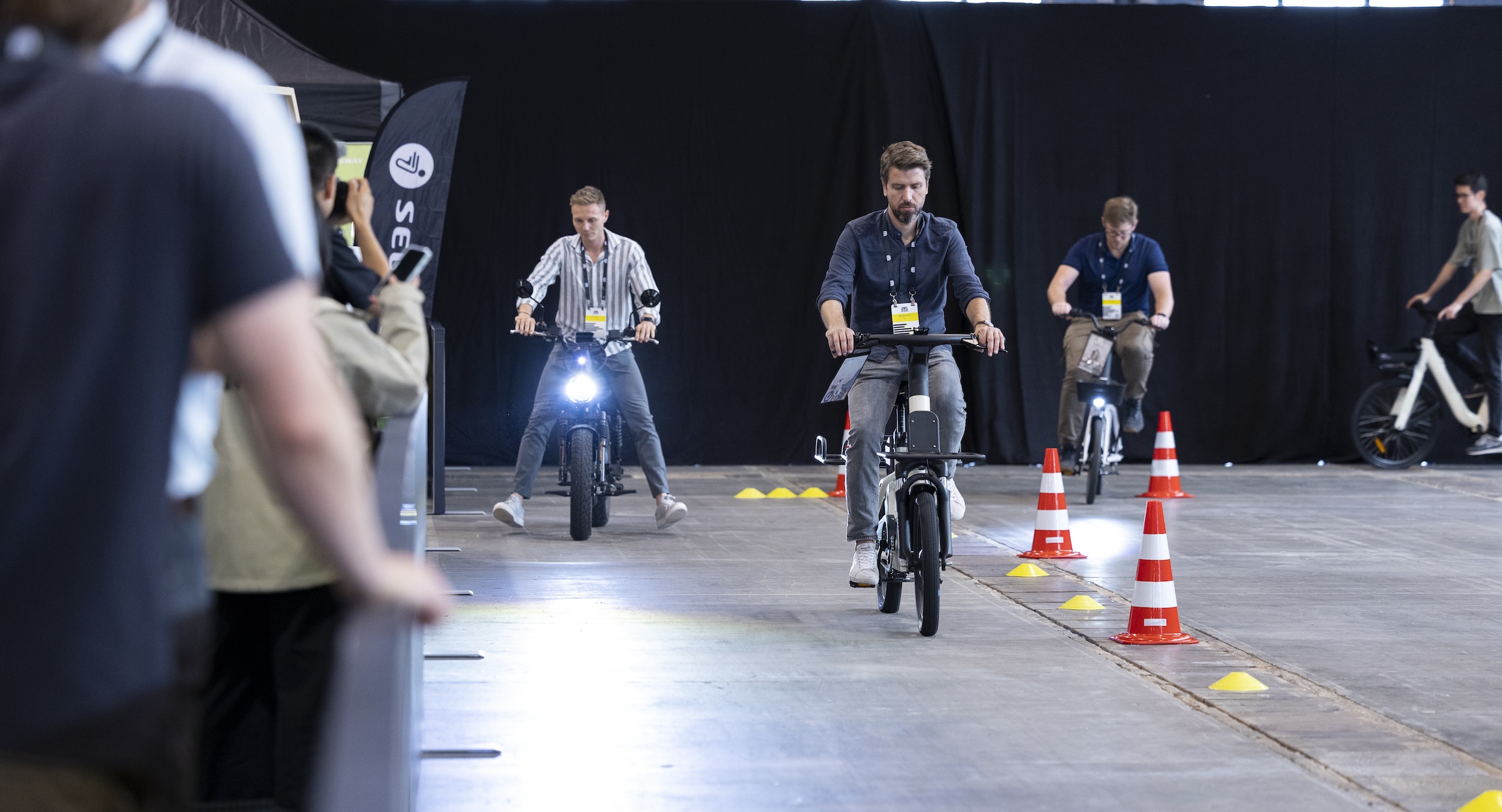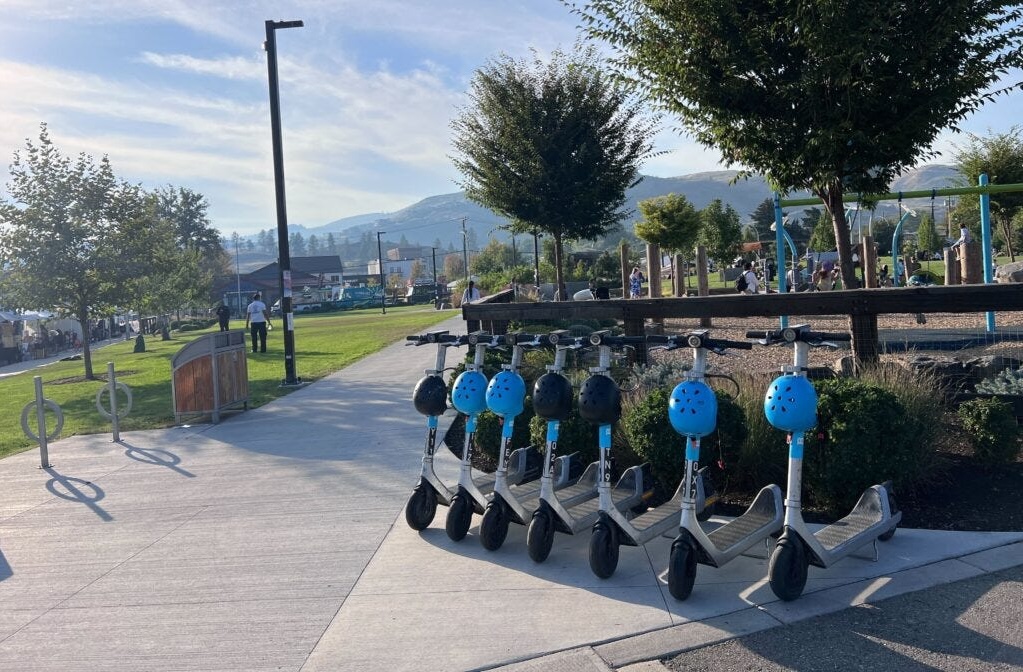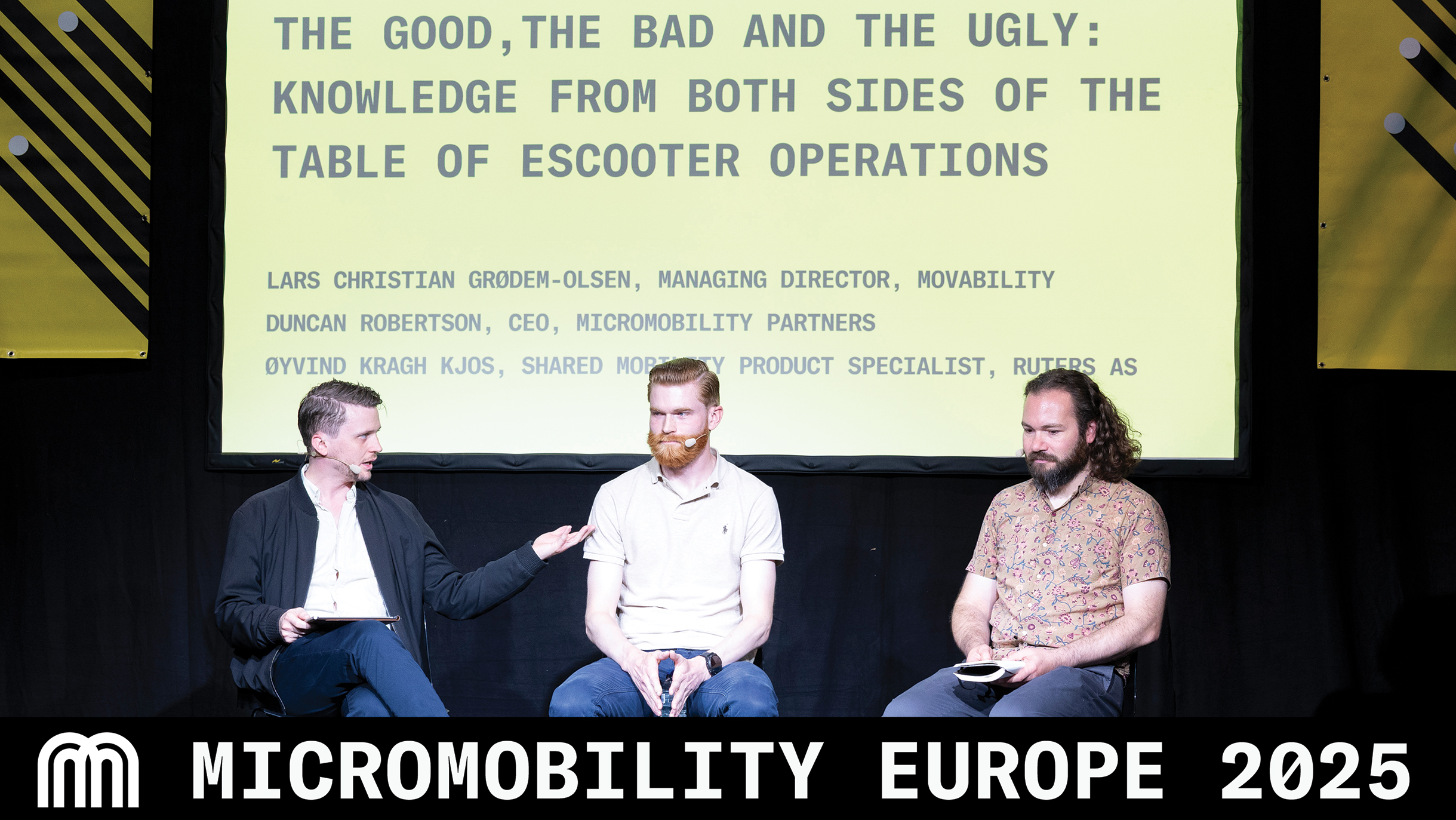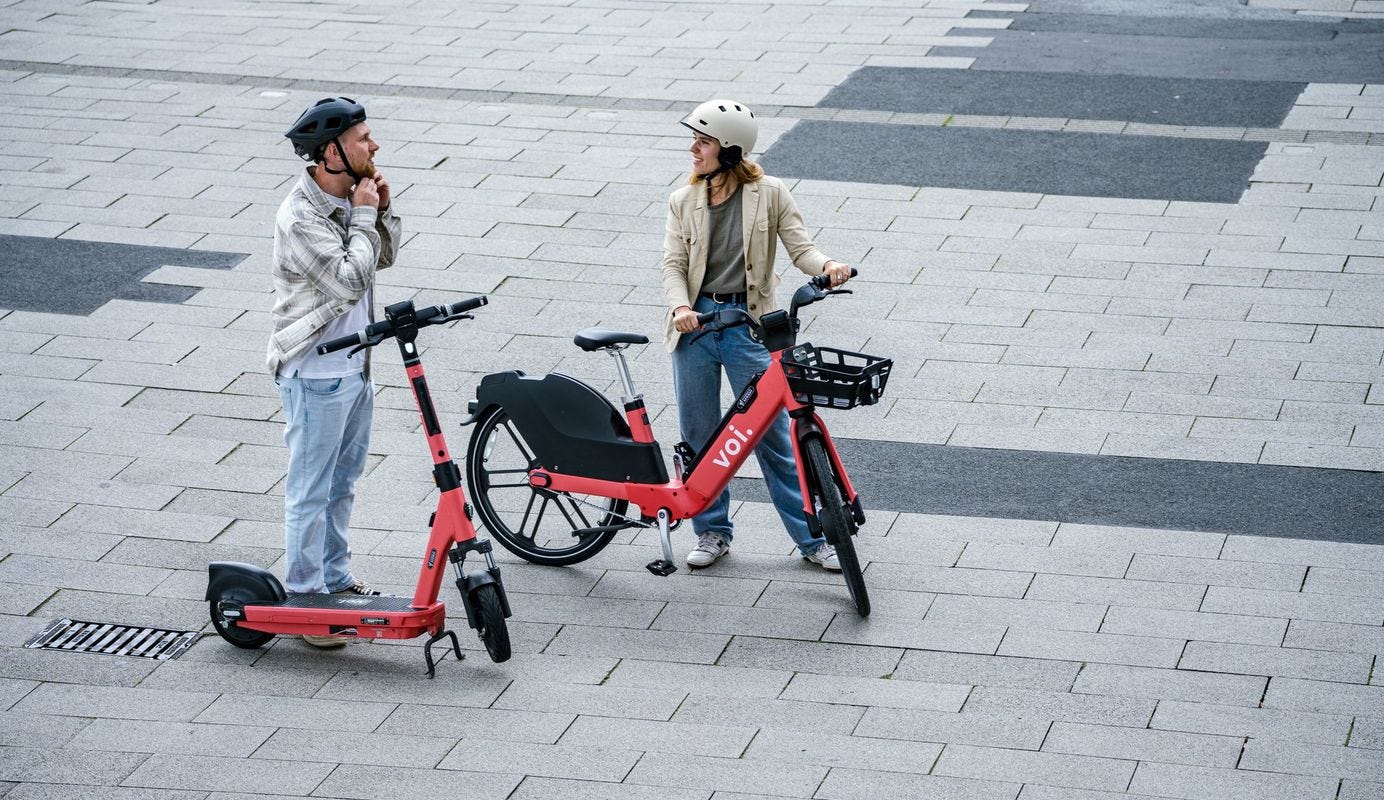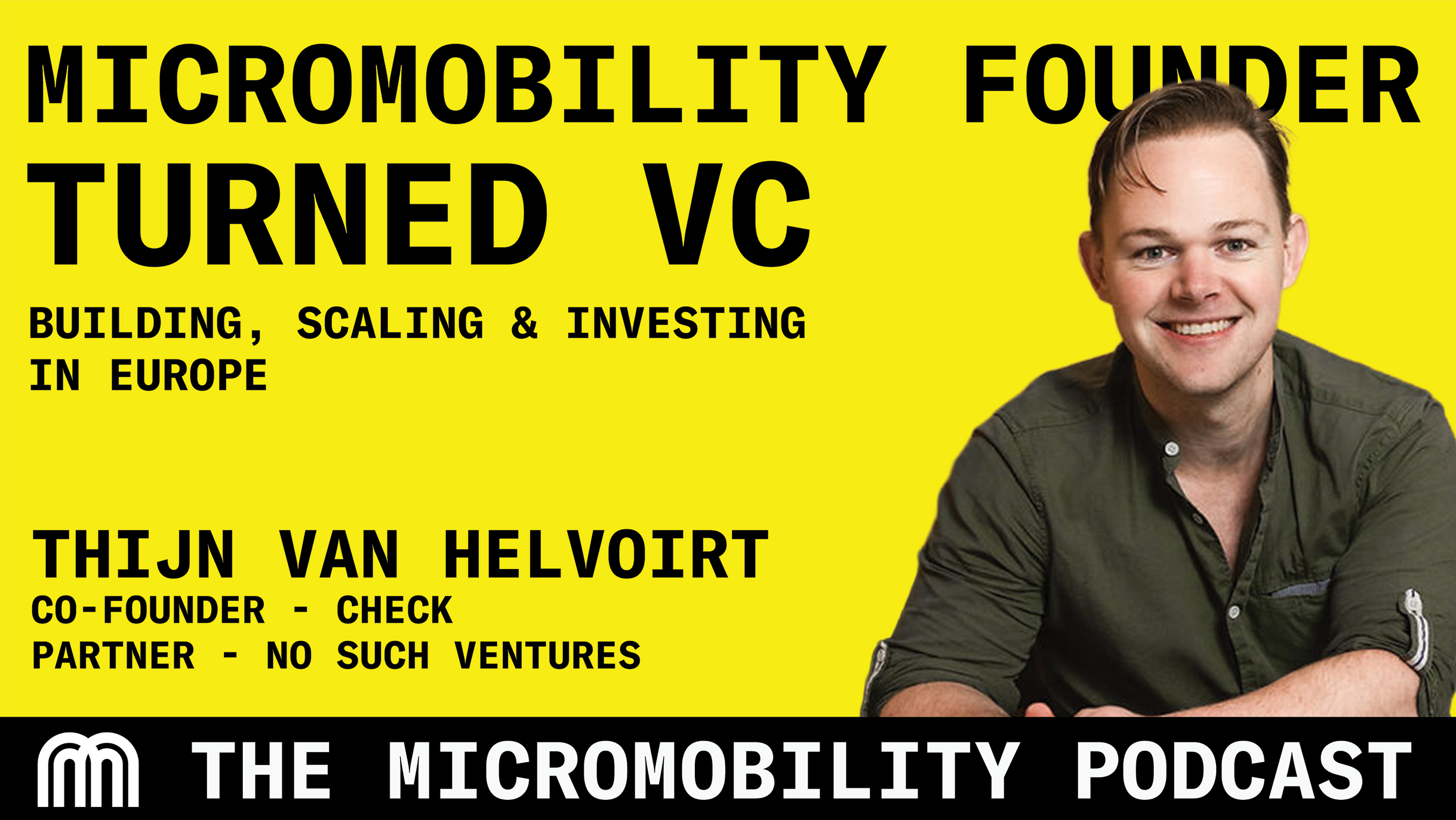There is a wonderful exhibit at the Oakland, CA Museum of Ray and Charles Eames. The famous designers are known mostly for their chairs and for bringing design into the mainstream. I recently visited the exhibit and, while the furniture is beautiful, what I was drawn to was the work Ray and Charles did for IBM around the World’s Fair in NYC in 1964-1965.
Ray and Charles were tasked by IBM with humanizing technology and trying to show the almost friendly interplay between person and machine.


The People Wall and The Typewriter Bar were examples of trying to show what could be possible when you mixed people with the latest technology and the benefit that could bring to humanity. Ray and Charles were also obsessed throughout their lives with taking a complex idea like an information machine and distilling it down in a way that everyone could understand its possibility.
It is with that as a backdrop that I’m excited to announce the agenda for The Micromobility Conference on January 31st, 2019.
Horace and I feel that we are at the beginning of a very big and important movement. A movement not dissimilar to the change we experienced living through through the computing era that Ray and Charles were trying to showcase. Moving from mainframe to PC to mobile computing everywhere. We believe the car should be unbundled and the technology is now here to help us do it. Whether you care about the climate or about capitalism, Micromobility holds the power to change the $15T transit industry and potentially put the greatest dent in the 40% of carbon emissions that come from our personal automobiles.
In order to do an event like this it is important we pull from a wide range of subjects. If Micromobility can take every ride from a car that is 0-12 miles, it will take a much larger cast of modals than what is currently in the market today. At the same time, we have actors in the market that are already showing signs of breakout and are making their way up the S curve.
You will see from the agenda that the goal is simple. First, we must make the case for why Micromobility matters. Horace will do that with stunning graphs that showcase orders of magnitude potential growth largely from low end, startup entrants in the transit space. As an aside, if you want to get an idea of how big and disruptive these orders of magnitude are, I would point you to this wonderful Powers of Ten video from Ray and Charles Eames that was commissioned by IBM to try and explain the mathematical wonder of breakout growth.
We will then go into all the different types of modals and business models that are starting to pop up with speakers from around the world. From securitizing the underlying shared modal to Hardware as a Service to premium shared Micomobility to 1-to-3-wheeled modals. Each of these founder-led presentations will follow the Pecha Kucha format: 20 slides, 20 seconds each slide, 7 minutes total.
The Building Blocks section of our programming will lay out some of the core basics that we need to get right from the beginning, including safety, manufacturing, design and the motors behind these modals. We will have some of the very best experts in each of these sections and we believe it is critical we get these foundational building blocks correct as we move in to more of the afternoon programming.
After an active lunch with breathtaking views and the opportunity to explore all sorts of exhibiting modals, we will come back to get in to some more of the practical application of Micromobility. We will hear from Alex Roy about Universal Basic Mobility. We will then shift to a panel made up of the major Scooter CEOs: Bird, Lime, Spin, Scoot and Skip. This panel will be moderated by Cory Weinberg, whose coverage of the Micromobiltiy space is unrivaled at this point. We will then get in to cities and what can be done to increase adoption, open standards and safety. We will then move on to software and the critical role it plays beyond the hype of AV and in to how these machines actual can be smart and how we collect and build workflows around the data that come off and interact these modals. Finally, we’ll conclude with the capital needed for Micromobility and how you can’t recreate a $15T industry without it. Just like the Dodge brothers underwrote Ford and then controversy ensued, there are signs the capital being put to work will cause controversy as the space gets bigger and there is more at stake. We will cover this at the event and we will ask the tough questions that need to be answered for everyone to have a clear picture of where capital sees this space going.
Throughout the day we will have special announcements that speak to the idea that we are at the forefront of a very important movement. We hope you come with an open mind and leave more informed and inspired. Ray and Charles’ design philosophy was to get “the best to the greatest number of people for the least.” We think Micromobility is a movement that, if thoughtfully explored and executed, can be accessible to the masses and change the way we interact in the world.
We look forward to seeing you on January 31st at the Craneway Pavilion.

.svg)
%2Bcopy.jpeg)


.svg)

